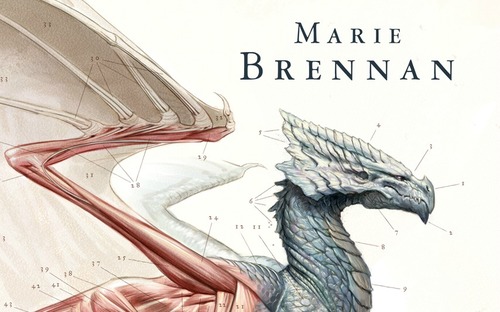In 1873 – A number of gentlemen in New York City founded the American Metrological Society, feeling that a change to the Metric System was needed by civilized nations. 100 years later they’re defunct and gallons, miles, and Fahrenheit rule the US.
In 1913 – Dr William David Coolidge received his patent for improvements in tungsten and methods for making the same for use as filaments in incandescent lights. It made light bulbs last a lot longer. Too bad that in 1928, GE got a court to declare the patent was not an invention.
In 1924 – Astronomer Edwin Hubble announced that he had found stars in the spiral nebula Andromeda, and using Leavitt’s formula measured them as 860,000 light years away proving Andromeda was a separate galaxy. He would go on to find a dozen more galaxies.
Like Tech History? Purchase Tom Merritt’s Chronology of Tech History at Merritt’s Books site.


